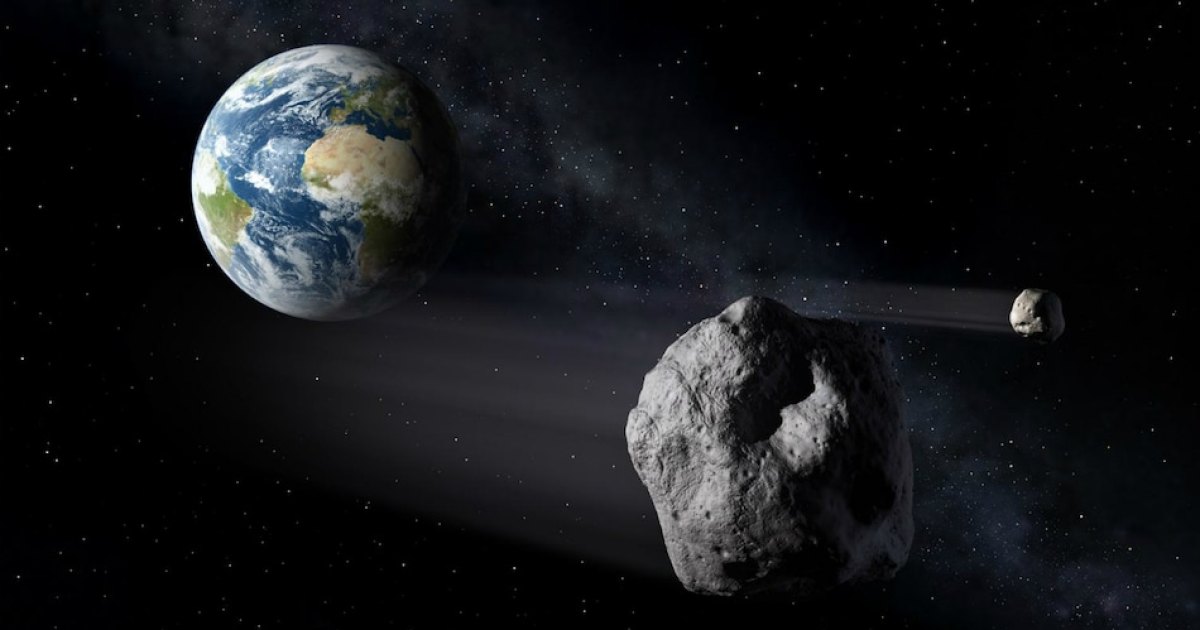What would happen if a huge asteroid were headed toward Earth? Though this might be the topic of innumerable Hollywood movies, it’s also a real concern for space agencies like NASA and its Planetary Defense Coordination Office. This is the department responsible for organizing NASA’s response to a potentially deadly threat from the skies, and earlier this year it ran the world’s most dramatic role-play, simulating what would happen if a dangerous asteroid were spotted on a collision course with the planet.
The details of the exercise that NASA played out, along with FEMA (Federal Emergency Management Agency) and the Department of State Office of Space Affairs, was that an imagined asteroid was spotted that had a 72% chance of hitting Earth in around 14 years’ time. With a long lead time, there are actions that space agencies could take to try to deflect the asteroid, like the DART test, which deliberately crashed a spacecraft into an asteroid in 2022 and managed to change its course.
One of the challenges of this exercise was that it wasn’t known what the size or composition of the asteroid was, making it harder to predict how effective any intervention might be. This simulates some of the challenges of real asteroid detection, as information on trajectory, shape, mass, and composition isn’t always known as the same time. There are also challenges in observing asteroids as they pass behind the sun and can be impossible to observe for months at a time.
Another challenge was bringing together responses from different agencies, such as FEMA, that would coordinate responses on the ground. “Our mission is helping people before, during, and after disasters,” said Leviticus “L.A.” Lewis, FEMA detailee to NASA’s Planetary Defense Coordination Office. “We work across the country every day before disasters happen to help people and communities understand and prepare for possible risks. In the event of a potential asteroid impact, FEMA would be a leading player in interagency coordination.”
NASA stresses that there are currently no known asteroids that threaten Earth, though it is important to be prepared if such a scenario were ever to occur. The further in advance an asteroid were to be identified, the more time is available to mount a response.
“A large asteroid impact is potentially the only natural disaster humanity has the technology to predict years in advance and take action to prevent,” said Lindley Johnson, NASA planetary defense officer emeritus.
NASA has so far only released a relatively brief summary of the findings from the exercise, but a more complete report is expected to follow.
Editors’ Recommendations

